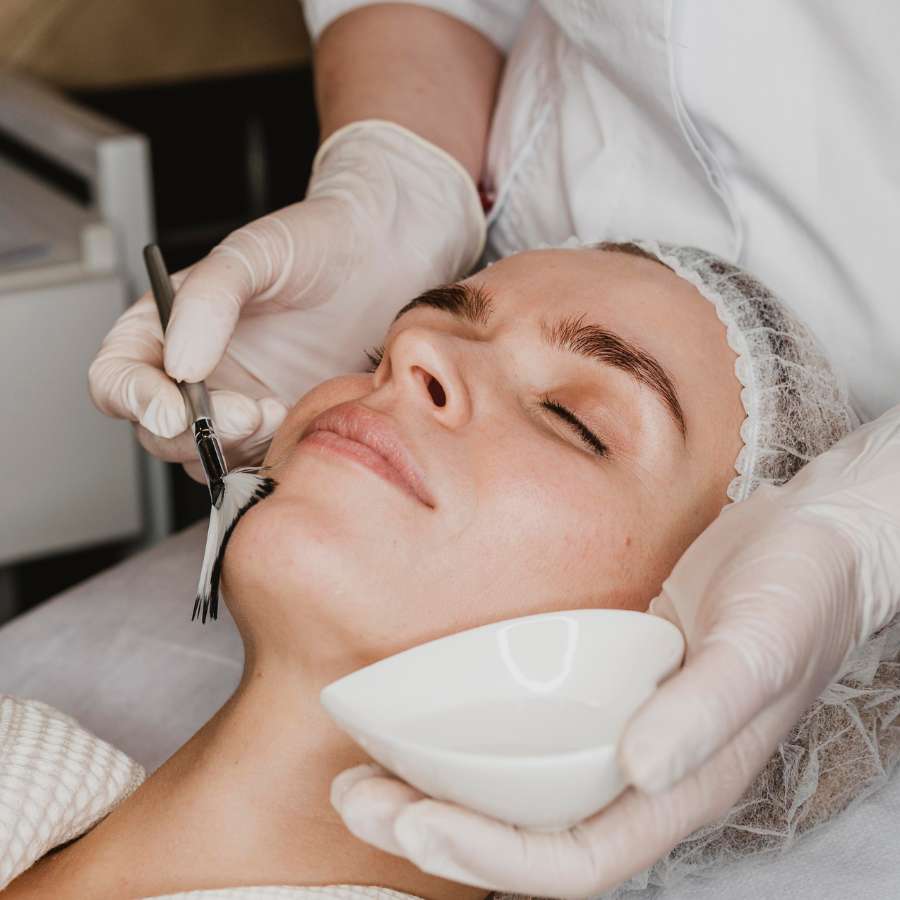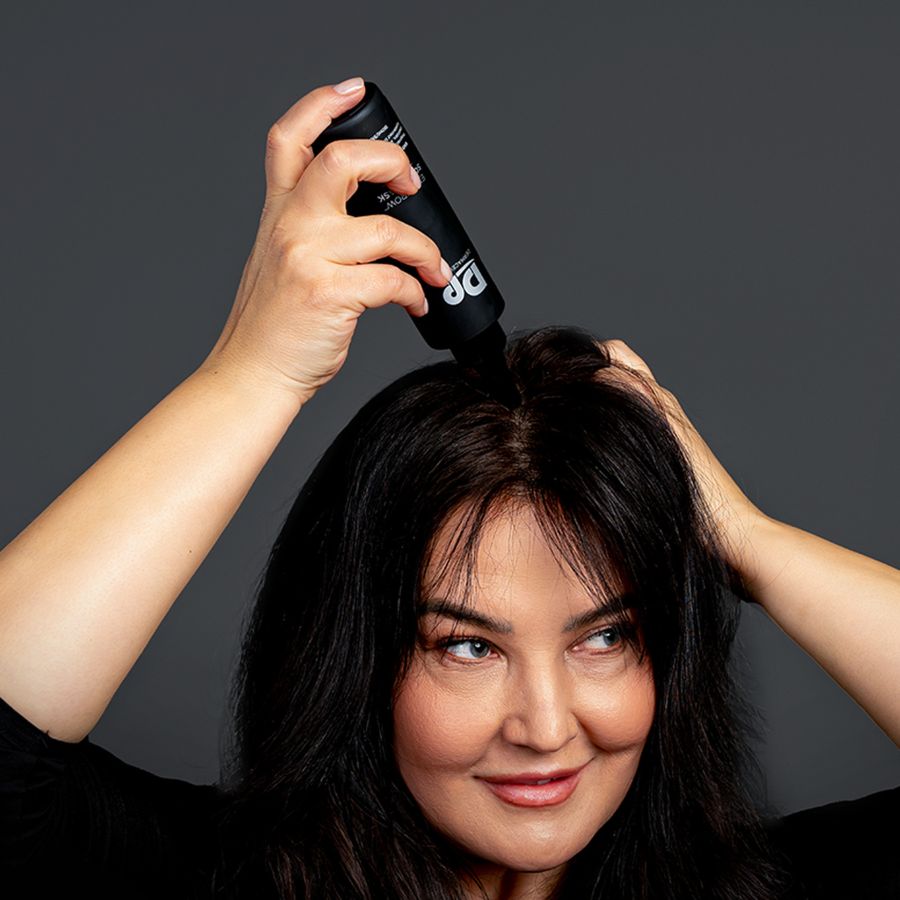In this comprehensive guide, we delve into the frequently asked question: laser hair removal how many sessions are typically required to achieve long-lasting results. Laser hair removal has become a popular choice for those seeking a more permanent solution to unwanted hair, but the process involves multiple treatments to be effective. We’ll explore the factors influencing the number of sessions, provide detailed insights, and address common concerns to help you make an informed decision. Whether you’re curious about the general process or specific aspects like treatments and sessions, this article covers it all in depth.
Laser hair removal how many
When people search for laser hair removal how many, they’re often grappling with uncertainties about the commitment involved in this cosmetic procedure. The number of sessions required can vary widely based on individual factors such as hair type, skin tone, and the treatment area. This section will lay the groundwork for understanding why laser hair removal how many sessions aren’t a one-size-fits-all answer, drawing from scientific principles, expert recommendations, and real-world experiences. By the end, you’ll have a clearer picture of what to expect and how to prepare for your journey toward smoother skin.
The Science Behind Laser Hair Removal and Session Requirements
Laser hair removal works by targeting the melanin in hair follicles with concentrated light beams, which damages the follicle and inhibits future hair growth. However, not all hair follicles are active at the same time due to the hair growth cycle, which includes phases like anagen (growth), catagen (transition), and telogen (resting). This cycle is why multiple sessions are necessary—typically spaced 4 to 6 weeks apart—to catch hairs in their active growth phase. For individuals with coarse, dark hair, fewer sessions might be needed because the laser can more effectively absorb the melanin. Conversely, those with fine or light-colored hair may require more treatments as the laser struggles to target the follicles efficiently. It’s also important to consider that the body’s natural healing process plays a role; after each session, the skin needs time to recover, which influences the spacing and total number of sessions.
Beyond the hair growth cycle, the laser’s wavelength and technology used can affect laser hair removal how many sessions are needed. For instance, Alexandrite lasers are highly effective for lighter skin tones and may reduce the session count, while Nd:YAG lasers are better suited for darker skin to minimize risks like hyperpigmentation. Clinics often use a combination of technologies or adjust settings based on a consultation, which can optimize results and potentially lower the total sessions required. According to dermatological studies, the average person undergoes 6 to 8 sessions for significant hair reduction, but this can extend to 10 or more for stubborn areas. Engaging with a certified practitioner who conducts a patch test can provide personalized estimates, ensuring that the treatment plan aligns with your unique physiology and goals.
Factors That Influence the Total Number of Sessions
Several personal factors can increase or decrease the number of laser hair removal how many sessions needed, making it essential to have a thorough pre-treatment assessment. Hormonal fluctuations, for example, can stimulate hair growth, particularly in areas like the face or bikini line, leading to a higher session count for individuals with conditions such as polycystic ovary syndrome (PCOS). Age and genetics also play a role; younger people with denser hair might need more sessions initially, while older adults could see faster results due to slower hair regrowth. Skin type, classified under the Fitzpatrick scale, is another critical factor—those with fair skin (Type I-II) often respond better to laser treatments, whereas individuals with darker skin (Type IV-VI) might require gentler settings and more sessions to avoid side effects.
Lifestyle and maintenance routines can further impact the efficacy of laser hair removal. Sun exposure, for instance, can affect skin sensitivity and laser absorption, potentially necessitating additional sessions if tanning occurs between treatments. Adhering to pre- and post-care instructions, such as avoiding plucking or waxing, ensures that hair follicles remain intact for the laser to target effectively. In some cases, combining laser hair removal with other treatments like topical creams can enhance results and reduce the overall number of sessions. By understanding these variables, patients can better manage expectations and work collaboratively with their provider to tailor a treatment plan that minimizes sessions while maximizing outcomes.
Common Misconceptions and Realistic Expectations
A common misconception is that laser hair removal how many sessions equate to permanent hair removal after just a few treatments, but the reality is more nuanced. While the FDA considers laser hair removal a permanent hair reduction method, it doesn’t guarantee 100% elimination, as some hair may regrow due to hormonal changes or incomplete follicle damage. This is why maintenance sessions, often scheduled annually, are recommended to sustain results. Setting realistic expectations is key—many people experience up to 90% hair reduction after the initial series of sessions, but factors like hair density and treatment consistency can influence this percentage.
To illustrate, consider a real-life scenario: a patient with medium skin tone and dark hair on their legs might start with 6 sessions, achieving substantial reduction, but if they have hormonal imbalances, they could need follow-up treatments. Clinics often use progress photos and feedback to adjust the plan, ensuring that patients aren’t over- or under-treated. By debunking myths and focusing on education, individuals can approach laser hair removal how many sessions with confidence, knowing that the process is designed for gradual, lasting improvement rather than instant perfection.
Laser hair removal how many treatments
Delving deeper into laser hair removal how many treatments are necessary, this section explores the treatment process in detail, emphasizing that the number isn’t just a number—it’s a personalized strategy based on efficacy and safety. Treatments are cumulative, with each session building on the last to target hair at different growth stages, but factors like laser type, practitioner expertise, and patient compliance can alter
Laser Hair Removal How Many Treatments
Delving deeper into laser hair removal how many treatments are necessary, this section explores the treatment process in detail, emphasizing that the number isn’t just a number—it’s a personalized strategy based on efficacy and safety. Treatments are cumulative, with each session building on the last to target hair at different growth stages, but factors like laser type, practitioner expertise, and patient compliance can alter the overall journey.
Understanding Treatment Cycles
The concept of treatment cycles is crucial when discussing laser hair removal how many treatments a person may require. The human hair growth cycle consists of three phases: anagen (active), catagen (transitional), and telogen (resting). Only hairs in the anagen phase respond effectively to lasers, which means multiple sessions are essential for achieving optimal results.
Typically, during a course of treatment, patients undergo sessions spaced about 4 to 8 weeks apart. This interval allows hair follicles that were previously in the dormant stage to enter the anagen phase, making them susceptible to laser energy. For most individuals, a series of 6 to 10 treatments is common to achieve significant hair reduction. Factors such as the area being treated also play a role; larger areas like the legs might require additional treatments compared to smaller areas like the upper lip.
It’s also important to note that the body’s healing process must be taken into account. After each session, the skin needs time to recover before undergoing further treatment. Therefore, spacing out treatments enhances both effectiveness and safety. A thoughtful consideration of the hair growth cycle combined with appropriate timing creates the foundation for successful hair removal.
Customized Treatment Plans
When determining laser hair removal how many treatments you’ll need, it’s vital to collaborate closely with a certified practitioner who will customize your treatment plan based on specific criteria. Factors such as hair color, skin tone, and treatment area all contribute to tailoring an effective regimen.
For instance, darker skin may respond more favorably to longer wavelengths, while lighter skin types often benefit from shorter wavelengths. Laser systems like the Alexandrite or Diode can adapt parameters based on individual characteristics, ensuring maximum energy absorption by the hair follicles without damaging surrounding tissues.
Additionally, a practitioner will conduct a thorough assessment of your hair density and growth patterns to predict the average number of sessions required. During the consultation, they may also perform a patch test to gauge your skin’s response to the laser. This personalized approach helps establish realistic expectations regarding the number of treatments you may need to achieve your desired outcome.
Maintenance Treatments and Long-Term Results
After completing the initial set of sessions, many people wonder how many maintenance treatments they should expect for ongoing efficacy. While a substantial reduction in hair growth can be achieved after the first series, some hair regrowth is possible over time due to hormonal fluctuations or other factors.
Most practitioners recommend periodic maintenance sessions, typically once a year, to sustain the results achieved from the initial treatments. These follow-up sessions usually require fewer visits since the hair density is significantly reduced. This long-term maintenance strategy enables individuals to enjoy smooth skin while minimizing the frequency of treatments.
It’s also essential to keep in mind that lifestyle choices can impact the effectiveness of previous treatments. Factors such as weight fluctuations, hormonal changes, or even certain medications could influence hair regrowth. Thus, regular check-ins with your practitioner can help assess any changes and adjust the maintenance schedule accordingly, ensuring that you’re always on track for optimal results.
Laser Hair Removal How Many Times
When it comes to understanding laser hair removal how many times one must undergo treatment, the focus shifts towards the frequency of sessions within a given timeframe and the commitment required for achieving lasting results. This section elucidates the timeline of treatments and what patients can expect throughout their hair removal journey.
Frequency of Sessions
Laser hair removal isn’t a one-size-fits-all endeavor; rather, it requires a series of sessions based on various factors to maintain optimal effectiveness. Typically, treatments are conducted every 4 to 8 weeks, aligning with the hair growth cycle discussed earlier.
This interval allows previously inactive hair follicles to enter the anagen phase, where they can be effectively targeted by the laser. Depending on the individual and the area being treated, patients might schedule anywhere from 5 to 10 sessions.
For example, someone seeking treatment on larger areas such as the back or legs might find themselves committing to the higher end of the scale, necessitating around 8 to 10 sessions for meaningful hair reduction. Conversely, smaller areas like the underarms may require fewer sessions, potentially totaling around 6.
Understanding this frequency is critical for setting realistic expectations and planning logistics. Marking these appointments on your calendar not only helps maintain consistency but also instills discipline in adhering to the prescribed treatment plan.
Variability Among Individuals
Each individual’s experience with laser hair removal how many times they require can differ widely based on personal characteristics. Factors such as hormonal imbalances, genetics, and even skin type can influence the number of sessions needed to achieve satisfactory outcomes.
For individuals with conditions like polycystic ovary syndrome (PCOS), hormonal fluctuations can lead to increased hair growth, necessitating additional treatments. Likewise, those with finer hair may find themselves needing more frequent sessions to penetrate the softer follicles effectively.
The variability inherent in each person’s biology underscores the importance of a personalized approach to treatment. Engaging in open communication with your laser technician and providing updates on any hormonal changes, skincare routines, or concerns can help customize your treatment plan and address issues promptly.
Building a Commitment to the Process
Committing to laser hair removal how many times you’ll need is more than just scheduling appointments; it’s about embracing a mindset geared toward self-care and confidence. Each session represents progress—a step closer to smoother skin and reduced hair growth.
Patients often report a sense of empowerment as they witness tangible results over the course of treatments. Regularly scheduled sessions create an opportunity for patients to invest time in themselves, cultivating a healthy relationship with their bodies. It’s also essential to remember that while the process may feel lengthy, the rewards are well worth the investment, particularly for individuals yearning for long-lasting results.
As you embark on this journey, keep in mind that patience, persistence, and clear communication with your practitioner are key. By fully engaging with the process and honoring the commitment to your treatment plan, you’ll pave the way for successful outcomes.
Laser Hair Removal How Many Sessions Needed
In this section, we unravel the question hanging in many minds: laser hair removal how many sessions needed for effective hair reduction? With a multitude of factors influencing treatment frequency, answering that question involves dissecting several layers of insight.
The Average Session Requirement
Statistically speaking, most individuals require between 6 to 10 sessions to achieve significant hair reduction through laser treatments. However, this average can fluctuate wildly based on individual variables. Factors including hair thickness, color, skin type, and hormonal influences can significantly adjust the session count.
Studies have shown that individuals with dark, coarse hair tend to see quicker results because the laser can easily target the melanin present. In contrast, those with fine or light-colored hair may find that they need more sessions as the laser energy might not effectively target their follicles.
Moreover, areas of the body known for faster hair growth, such as the bikini line or face, may necessitate more frequent visits compared to less active zones like the arms or legs. A comprehensive consultation with a skilled practitioner can provide clarity on which categories apply to you, leading to more accurate predictions of how many sessions you’ll need.
Patients’ Unique Challenges
Individual challenges can further complicate the equation of laser hair removal how many sessions needed. Conditions like PCOS, which affect hormone levels, can stimulate hair growth and consequently increase session counts. Similarly, external factors such as medication changes, lifestyle adjustments, and even stress can impact hair regrowth patterns.
Age can also play a role; younger individuals with denser hair may witness more rapid growth post-treatment, requiring them to attend more sessions until the hair density stabilizes. Meanwhile, older adults might experience slower regrowth, compensating for fewer treatments overall.
Being aware of these unique challenges empowers patients to communicate openly with their providers and ask questions. Transparency ensures tailored solutions that align with individual circumstances, allowing for more precise estimates of session requirements.
Establishing Realistic Expectations
Establishing realistic expectations surrounding laser hair removal how many sessions needed can greatly enhance the treatment experience. Patients should acknowledge that while immediate results can be enticing, the process generally requires time and commitment for optimal effects.
Understanding that a gradual reduction in hair is the goal helps frame the journey positively. Many clients report satisfaction and increased confidence levels following their initial sessions, even before reaching the final target.
Regular check-ins with your practitioner can also provide opportunities for assessing progress, adjusting treatment plans, and recalibrating expectations. Taking an active role in your journey not only fosters a positive mindset but also encourages accountability throughout the process.
Conclusion
Navigating the world of laser hair removal how many sessions or treatments you may need can seem daunting. Still, by understanding the science behind the process, the factors influencing individual experiences, and establishing realistic expectations, you’re better equipped for your hair removal journey.
From recognizing the essential hair growth cycles to embracing the commitment involved in treatment plans, there is much to uncover on this path. Ultimately, maintaining open dialogue with your practitioner and being proactive in your treatment strategy can ensure that you maximize your results while minimizing the number of sessions required. As you embark on this journey toward smoother skin, remember that patience, knowledge, and communication are your strongest allies.















